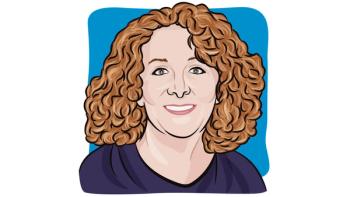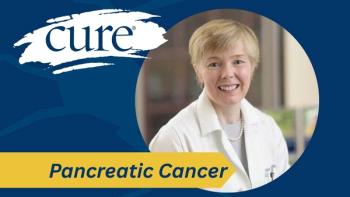
Keeping Track of Your Medical Records
Keeping copies of both official and personal health records for cancer and other health concerns can be empowering, and practical, for the cancer survivor.
Not long ago, I requested a copy of an old medical record to share with my current primary care physician, who coordinates my care. To my surprise, there was no record to be found: the medical facility I use keeps such records only for ten years.
I cannot fault the facility, though. When the gastroenterologist who ordered the test closed his office, he shared a form for me to request copies of my files. In the midst of my cancer journey, I did not follow through. Now I know that I should have.
If a tree falls in the forest and nobody is there to hear it, does it fall? If there is no medical record, does that mean you never had a problem? The only way to replicate my previous test would be to undo the repair to my villi that quitting gluten made. I do not want to eat gluten products again just to go through another ordeal.
To supplement records housed by medical facilities, I now plan to be more careful to keep personal copies of records. Such records can range from routine test results to the epic folders of narratives that cancer inspires. Along with summaries we are often handed, original reports can be useful too. While I have been diligent about keeping copies of all of my medical records related to cancer, except for the actual imaging studies, I am thinking of requesting discs with images for posterity (as long as that lasts) before I am ten years out.
For those of us who are good at filing, having some system is helpful. My medical files are generally chronological. Lately, I have been keeping both chronological and topical files. One new folder is entitled "Bones." I always wanted to be a librarian! I keep this miscellany in a plastic box. While files are not as organized as they could be, they come in handy when I need to compare a new lab result with an old one or when I want to skip down Memory Lane.
Along with formal medical records, there are informal records that end up in odd places in our homes. At least, I have such records. I keep journals, where I jot down not just what I did, but where I walked or how I felt or if I had a fever (and how much). These kinds of records are helpful. I employ a journal for note taking when I visit any doctor.
Then there are personal photographs. A photograph truly is worth a thousand words. When I found one taken mid-year during my cancer treatment, it surprised me. I looked terrible, even if I was on a happy hike in the woods. While my memory of the cancer process is that I danced through it like a prima ballerina, up to a point, in reality it was not quite that sublime. My face was swollen, my eyes tired, my body hunched over. Photo documentation helps us to see ourselves more objectively sometimes.
The informal record that haunts me most reminds me that hindsight is 20-20. It is a private snapshot I took of my upper torso just before the mastectomy. I took the photo to document the breast I would lose and did not look at it carefully after that. Looking at it recently, though, I saw an inverted nipple on my diseased breast. Why had I not noticed that before my diagnosis? Although I get screening mammograms and do self-checks with my remaining breast, I have decided to document it visually in my personal files to help me track any changes more objectively.
With records, as with life, we have to be wary of regrets. Just as I looked at that photo of the inverted nipple, sometimes I look at an old flagged result that looks a little off and wonder why nobody followed up. More important, I wonder why I did not ask targeted questions about such reports. Cancer has taught me to ask questions and jot down answers in my journal. Of course, having various doctors to coordinate oversight of medical records, with attention to historical trends, is essential too.
It takes a village to care for one human body.





